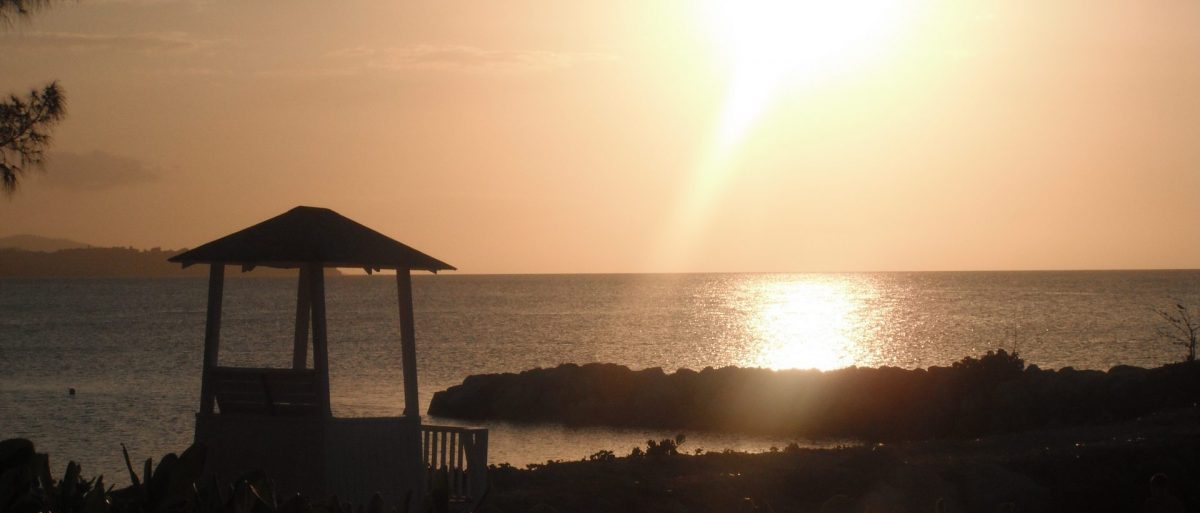There are days when I feel like the blog has become an obsession. I started writing with the best possible intentions and now it seems that I cannot stop. I love writing so much that when I do not share I have feelings of guilt. I fear that I will lose the respect and following that I have worked hard to build. Today is Thanksgiving and I have put other projects and tasks aside to visit family. Being the early riser that I am, I will devote a few minutes to bring you all up to speed. Our plans for retirement are screaming at us like a freight train. On Monday I received a call from Jen’s supervisor asking me if I would like to speak at her retirement party. I had it in my mind that the day would never come, so I never expected to have to give an answer to the question being posed. I have decided not to disclose my answer to the question until the day of the ceremony. Jen has already asked me not to embarrass or make her cry. I told her that she would just have to wait and see what happens. For the next few weeks we will be firmly involved in the last 36 days of work for Jen and holidays with family and friends. Please, do not expect to have daily posts prior to the end of the year. Now that I have said that, I can live without guilt should I do not get a post out as often as I would like.
One thing we do daily to prepare for our adventure is follow ExPats In Panama Facebook Group https://m.facebook.com/groups/2397416901 . This is a closed group of people who live in (or are about to live in) Panama. You must apply and be accepted into this group of around 10,000 people, but the questions and inquiry’s are an excellent way to prepare for what we may need to know about daily life in Panama. The cool thing about this group is that they do not allow it to be used for dating or selling stuff. You will have to look elsewhere for that. What you will find is simple, great recommendations for things you may need. This is where we found our immigration attorney and the best guide in Panama, Marc Vargas Your Guide In Panama .
We like to use checklists or task lists to keep track of our progress toward accomplishing a goal. The task list for this adventure is multiple pages and evolves daily as we get closer to our final departure. Some of the things on our list would not even seem to be important to this blog, so you will never see them here. Remember though, that simple things can become monumental. Mail delivery for instance does not exist, for all intents and purposes, in Panama. You cannot simply complete a forwarding order and get your mail delivered. Over the next few weeks we will have to make sure that we have online bill pay for everything. If we make the decision to move permanently, our mail will be forwarded to a mail service in Miami. From there it will be sent to Panama monthly by a common carrier and we will have to pick it up at a predetermined location.
We keep seeing inquiries from people who want to know what others like most and least about re-locating to Panama. By far, people like the climate and the simple lifestyle. Cost of living and excellent, low cost health care (insurance) is important. Proximity to the equator is another huge factor. 9-10 degrees from the equator means that the threat of hurricanes is practically non-existent, weather is consistent, and you will have 12 hours of daylight every day. For me the daylight is important. The closer we get to winter in Michigan the shorter the days become. It seems that every day we have less and less sun. I am fully aware of the toll Seasonal Affect Disorder (SAD) can have. It is my belief that everyone suffers from it in some fashion. Some are affected worse than others. I look forward to having equal days and nights year round. As far as the least favorite aspects of living in Panama go, there really is only 1 clear stand out…traffic. We do not plan to spend much time at all in Panama City so it seems that traffic will be of little consequence for us. 2 million of the 4 million people in Panama live in Panama City. I think all of them must own cars and try to drive everywhere. Everything we read and see says that the infrastructure is improving and mass transit is a priority. As these things move forward, even living in Panama City would not be a bad option for some people.
No post would be complete without a Spanish lesson. The word of the day is aburrido. Aburrido means bored or boring. Estas aburrido? Pues ven conmigo al cine…translated is Are you bored? Then come with me to the movies. I hope none of you are aburrido with our blog postings. Sometimes I think that Jen may have been right about starting to write our blog too early. Please, do not desert us until you have had the chance to see what happens when we move beyond research and into real life experience. Please like, share, and comment. Your support will help keep the motivation to write high on our list of daily activities.
Feliz Dia de Accion de Gracias! (Happy Thanksgiving)
































